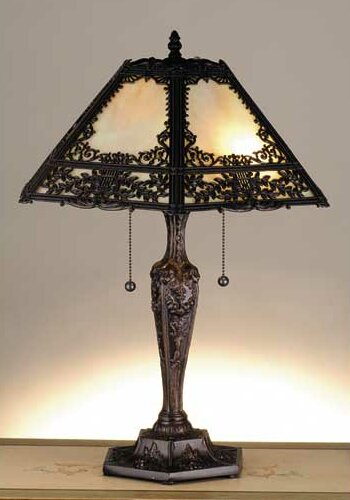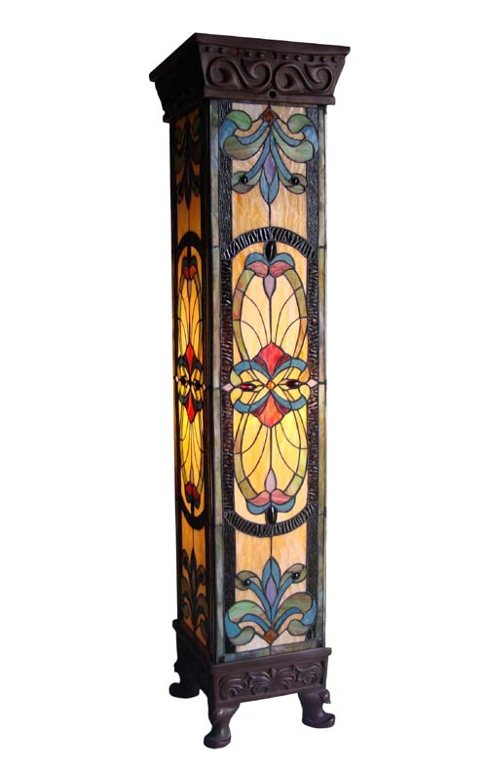In the initial years of the Victorian era, almost every house used candles or oil lamps to light the house. For these lamps, oil or kerosene was used. The houses had their interiors done according to the sources of lighting like the chandeliers are suspended from the ceiling so there should be something to hold it to the ceiling, scones are fixed to the wall.

Mostly, candlesticks, bracketed sticks, oil lamps and the light given by fire were the source of light. Victorian era lights are known for floral imagery and ornate lampshades with hanging tassels. With time, new inventions like the gas lighting and electricity became popular. The Victorian style of lamps can be divided into Candles, Oil lamps, Gas and Electricity.
Common Victorian era Lamps
Lighting using candles
Candles were an essential source of lighting and Paraffin lamps came to be introduced in the 1860s. There were three types of candles
- tallow
- spermaceti and
- beeswax
By the end of the 18th century, modern paraffin wax candle was used because it was cheaper, odorless and reliable. The candles were widely used for carrying out all the activities like cooking, playing cards until the time when electricity was commonly available.
Lighting using Oil lamps
This was the cheapest light source available. The end of 18th century saw much brighter and classy lamps of which Argand was important. The bad effect of this lamp was that the colza oil was very thick and sticky and had to be poured in the wick either from a reservoir that was placed above it or was to be pumped from below. One of the most crucial improvements during this time was the introduction of Paraffin.
Victorian gas lamps
Use of gas for lighting buildings and streets began during the early years of 19th century. Gas wall brackets replaced the sconce. These gas light fittings pointed upwards that aimed the light towards the ceiling and away from the point where the light was required.
It was in 1897 that the gas mantles pointed downwards. Gas lights were made of plain brass, copper or iron gas supply tubes that had a tap for switching the gas on and off.
Victorian electric lamps
In 1879 the first viable incandescent light bulb was made. These bulbs were found in a wide range of shapes and designs. In 1901, when Queen Victoria died, electricity was still seldom used.
Electricity was widely used in cities and large towns along with candles and oil lamps. However, in small towns and villages or even in the countryside, people continued to use candles and oil lamps. It was after the First World War that electricity emerged as a popularly used source of lighting.

Characteristics of the Victorian lamps
Victorian lamps depict the style and fashion that appealed to the people then. The characteristics of the Victorian lamps can be stated as the following-
a) Lamps contained one or two glass globes had designs of flowers, and scenic images and lampshades that had hanging tassels and chandeliers.
b) There was an immense use of shaded lamps like the Banquet lamps (cherub lamps), cloth or fabric shades. Even hanging lamps had glass shades.
c) The lamps that were made during the initial few years of the Victorian era were hand-blown. Molds were used to create decorative lamps.
d) Different lamps were used in different rooms of the house to suit the purpose like the hanging or banquet lamps were commonly used in the dining room.
In the Victorian period, there was no particular design that gave the Victorian era the character it had. This era is greatly influenced by the mixture of the Tudor, Romantic Elizabethan, and the Gothic design traditions.